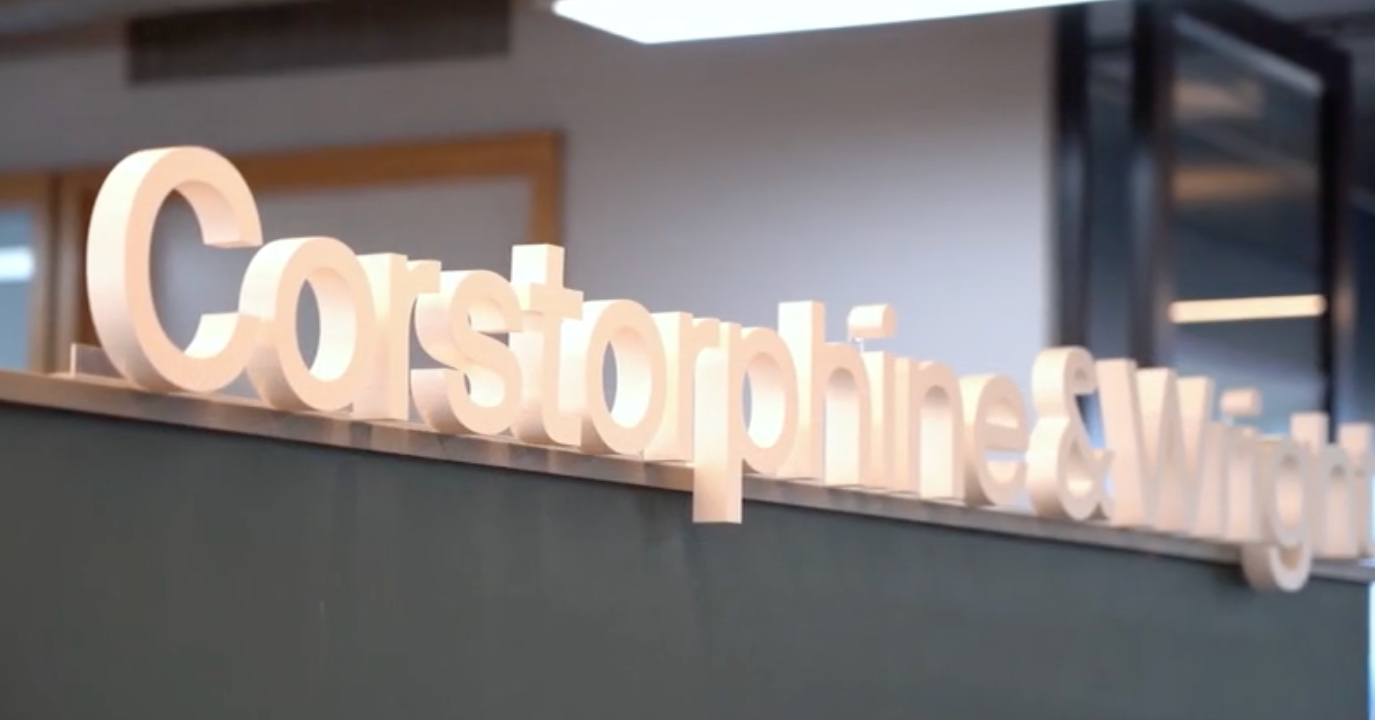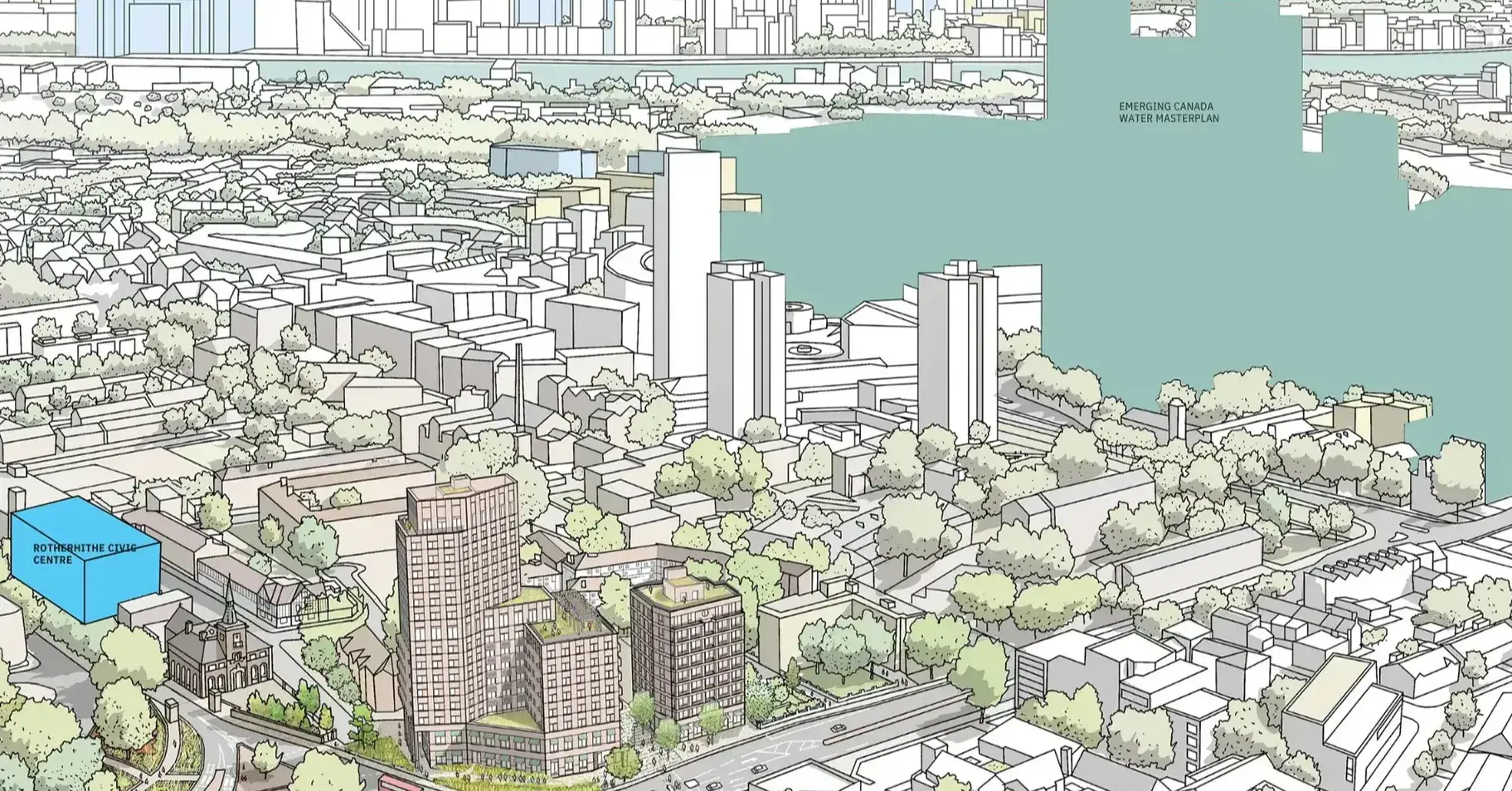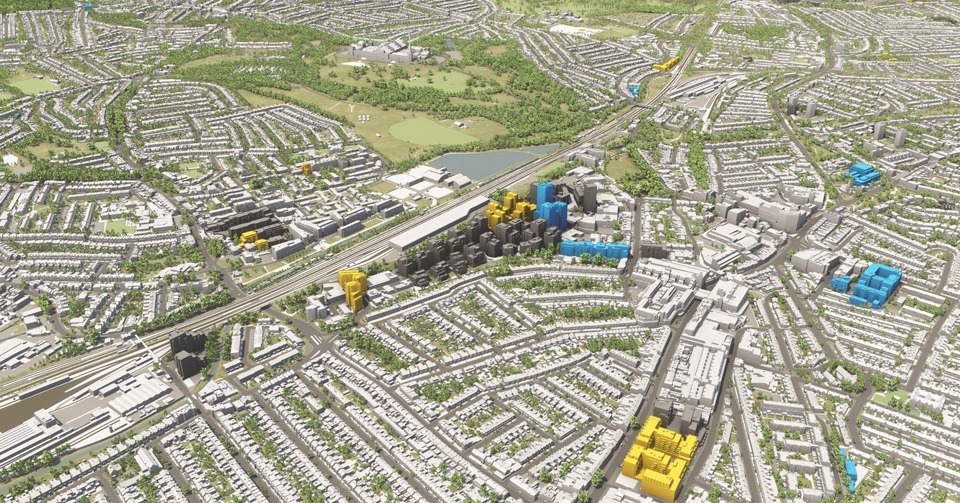How PropTech Integrates with Architecture: 3 Real-world Examples
Architecture is just one piece of a larger puzzle, and architects' projects thrive when work in context. Delivering these projects is a collaborative effort between designers, planners, consultants and stakeholders. PropTech plays a crucial role in facilitating this collaboration by seamlessly integrating into various stages of a project's life-cycle.
So, what does the practical implementation of PropTech integration in architectural projects look like?
Here, we will explore three real-world projects as examples, demonstrating how different types of PropTech, such as Building Information Modelling (BIM), Virtual Reality (VR), and 3D modelling, have been effectively used.
1. BIM: Foster + Partners, Apple Park
-1.jpeg?width=1200&length=1200&name=apple%20park%20(1)-1.jpeg)
The architect Foster + Partners designed the new Apple headquarters in Cupertino, California. This ring-shaped structure is both a functional building and a symbol: the circle implies unity and perfection.
Working with landscape architects, Foster + Partners have introduced nature into their design, ensuring the campus is tree-lined. The design of the building represents attention to detail and combines high-quality materials with a sensitivity towards natural surroundings.
Achieving perfection architecturally requires innovative and practical thinking plus detailed research. So where does technology come into this?
Building Information Modelling (BIM) contributed extensively to the project, allowing the architects to visualise the entire complex, test materials, share concepts with stakeholders and streamline the construction process.
Apple Park came with various challenges, such as installing modular roof panels without damaging the circular structure and getting the details correct for numerous penetrations. Applying BIM, the architects could create accurate 3D representations of the structure to devise strategies, pinpoint exact locations and detect any discrepancies.
2. VR: SHoP Architects, Domino Sugar Factory Site
.jpeg?width=1704&height=959&name=domino%20sugar%20factory%20site%20(1).jpeg)
SHoP Architects completed the first of a series of waterfront buildings on the site of the Domino Sugar Factory in Williamsburg, New York in 2018. The 16-storey residential building’s distinctive form steps up in height incrementally and is designed around a courtyard. The idea is that as its structure descends, it creates a visual connection with the existing low-rise neighbourhood. This repurposed industrial site also reconnects Williamsburg to the waterfront. The building’s name is 325 Kent.
SHoP created an extensive masterplan for the Domino Sugar site including various buildings. Some of these would require large openings to allow sun and wind to penetrate the entire site and reach the existing neighbourhood.
Such an ambitious plan, resulting in a new Brooklyn skyline, needed clarity and VR technology provided this. It also captured different, rapid iterations of the proposed 325 Kent building's design, saving time and resources.
3. 3D Modelling: Weavers Cross, Belfast
.jpeg?width=1800&height=900&name=weavers%20cross%20(1).jpeg)
This transport-led regeneration project is part of Belfast City Council’s plan for the city in 2023. Weavers Cross is a new transport hub designed to bring 50,000 new jobs to the area and be a catalyst for further regeneration. The focal point of the new hub will be a new station, on the site of the Europa bus centre and Great Victoria Street station.
Because of this pivotal position as a regeneration driver, it was vital to capture the project in the context of the wider city region.
The project team utilised VU.CITY's 3D modelling capabilities in two crucial ways. Firstly, they created a detailed 3D model to visualise how their project would fit into the existing environment. This provided clarity and aided stakeholder engagement. Secondly, the team used this technology to optimise their development by experimenting with design variations and ensuring compliance with regulations. In summary, VU.CITY's 3D modelling played a pivotal role in visualising, refining, and ultimately enhancing the project's success within its environmental context.
💡 See how else VU.CITY has been used by architects here.
PropTech for Architects
Architects are integrating different technologies into their workflow to optimise efficiency, promote collaboration and streamline their projects.
Discover how PropTech can transform the way you work. Read our related content:
VU.CITY Case Studies
See how leading built environment experts are using VU.CITY
Shape Tomorrow’s Cities, Today.
Begin Your Free Trial Now.

-1-1-1.png)


